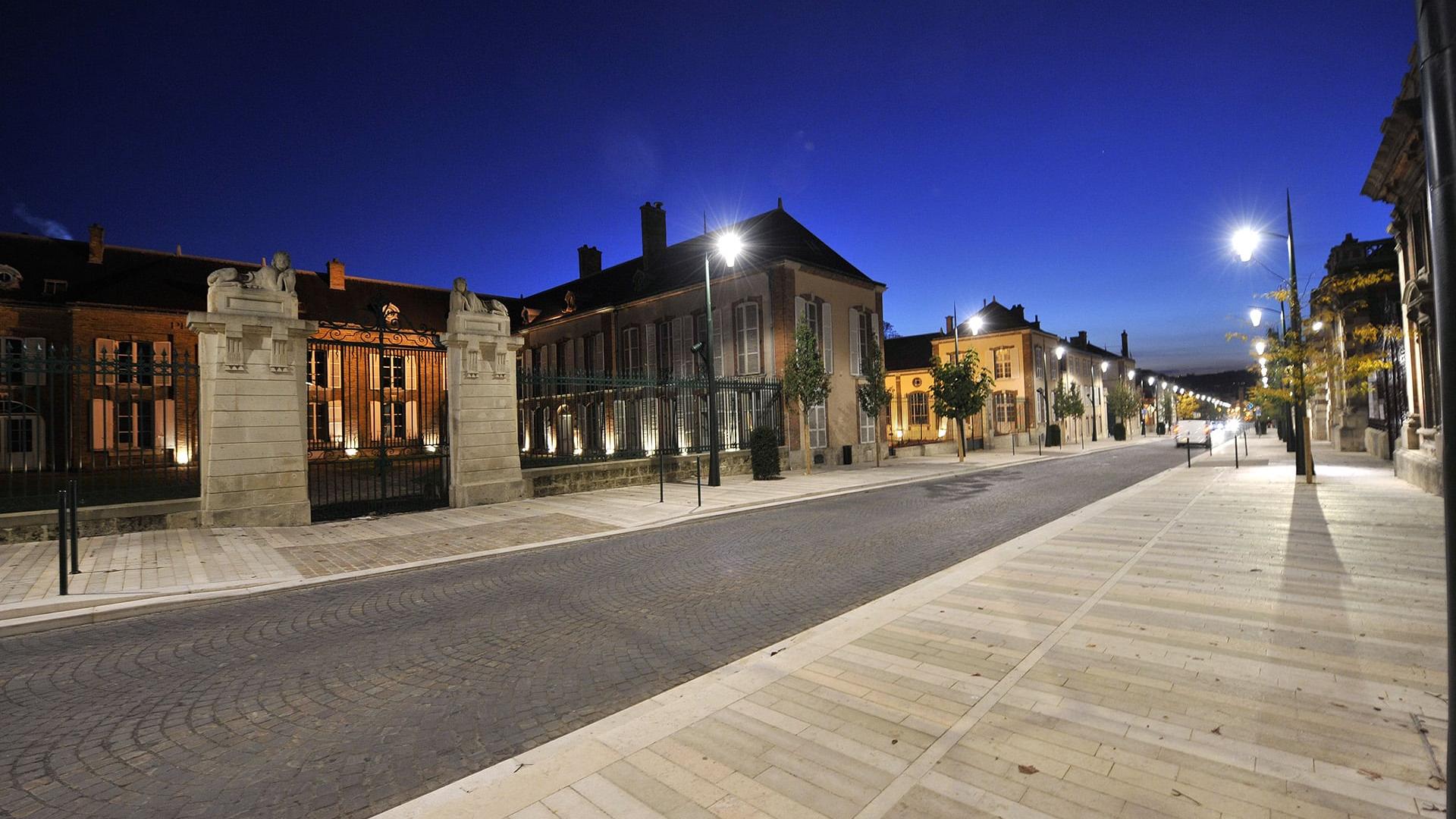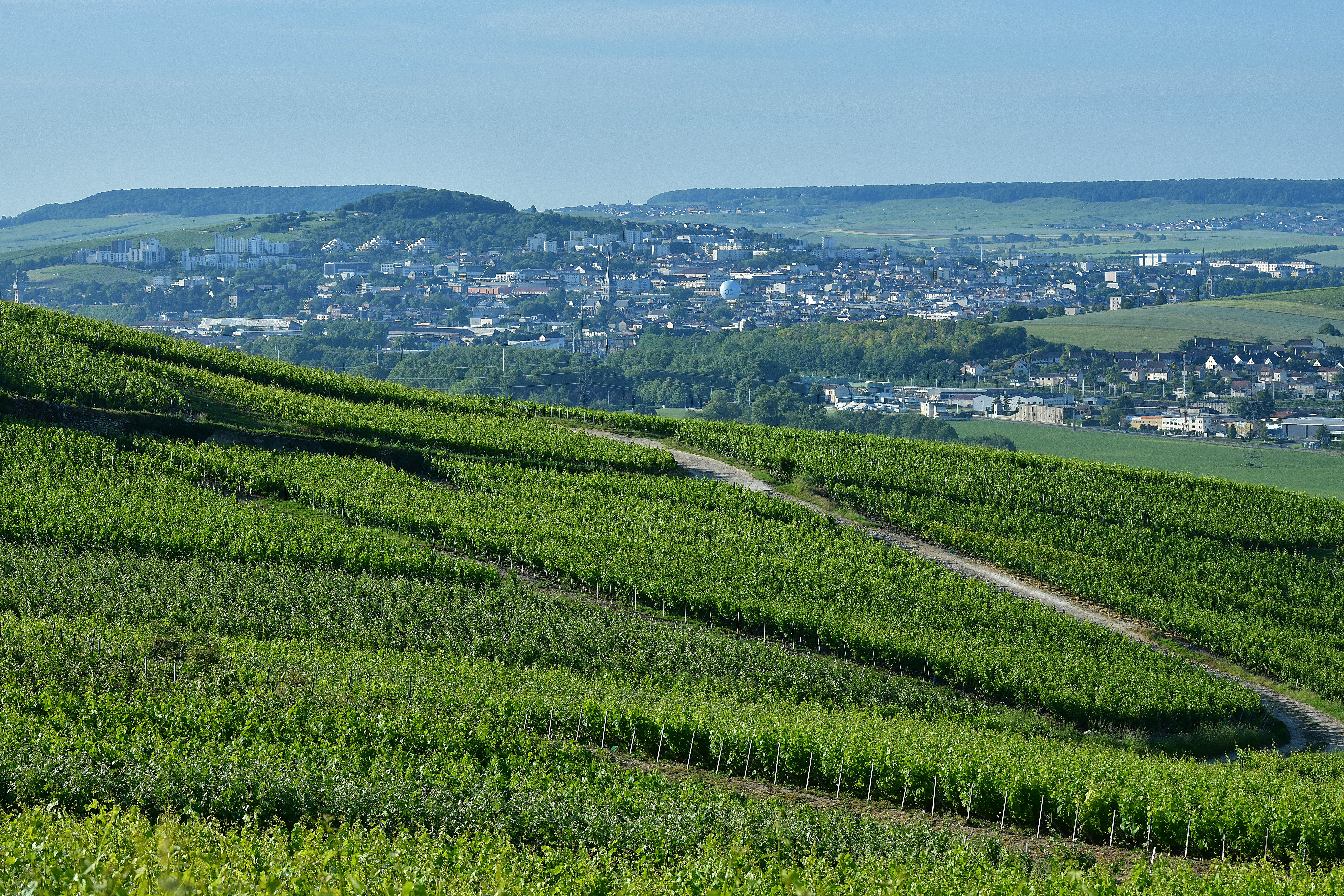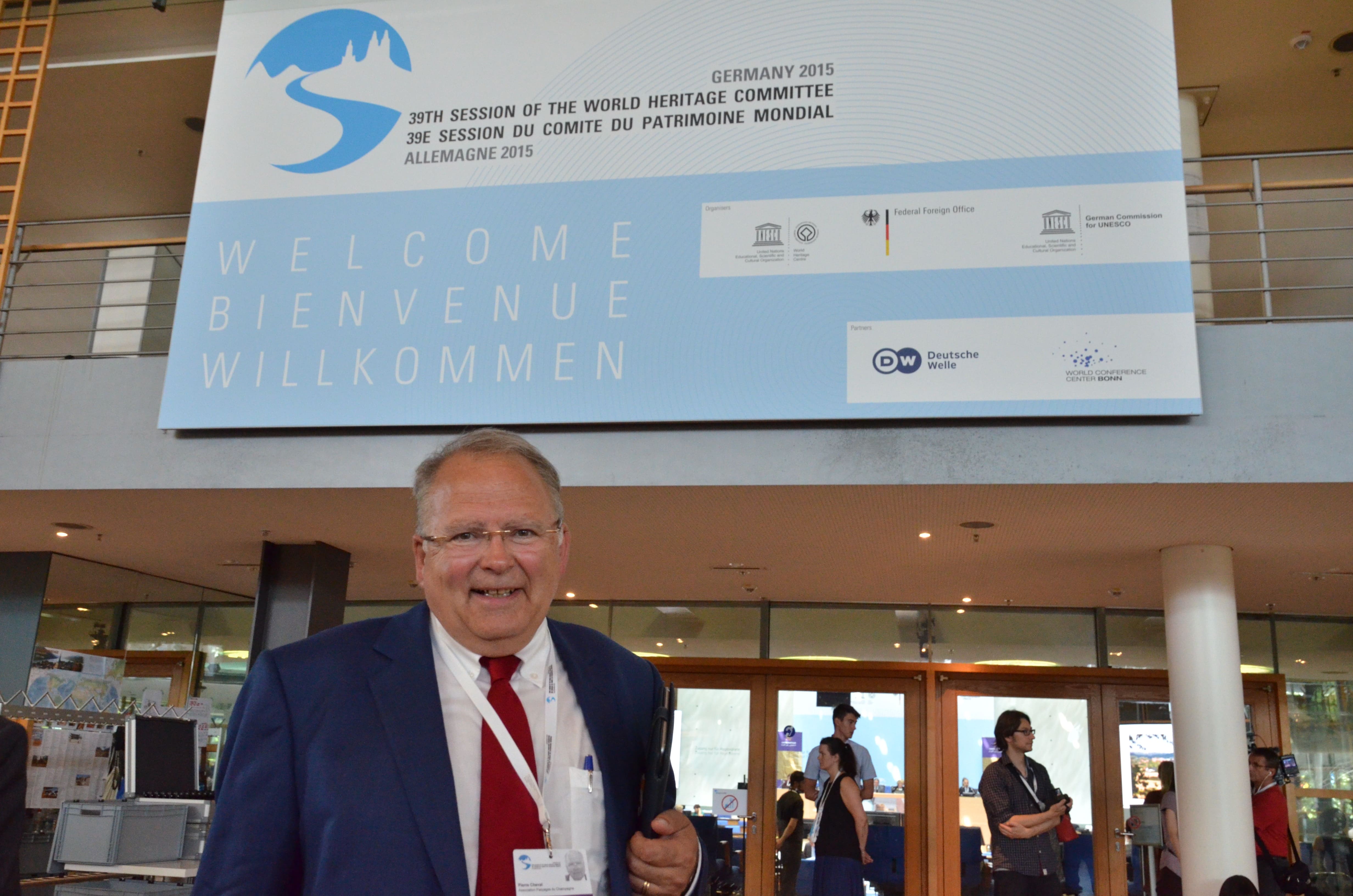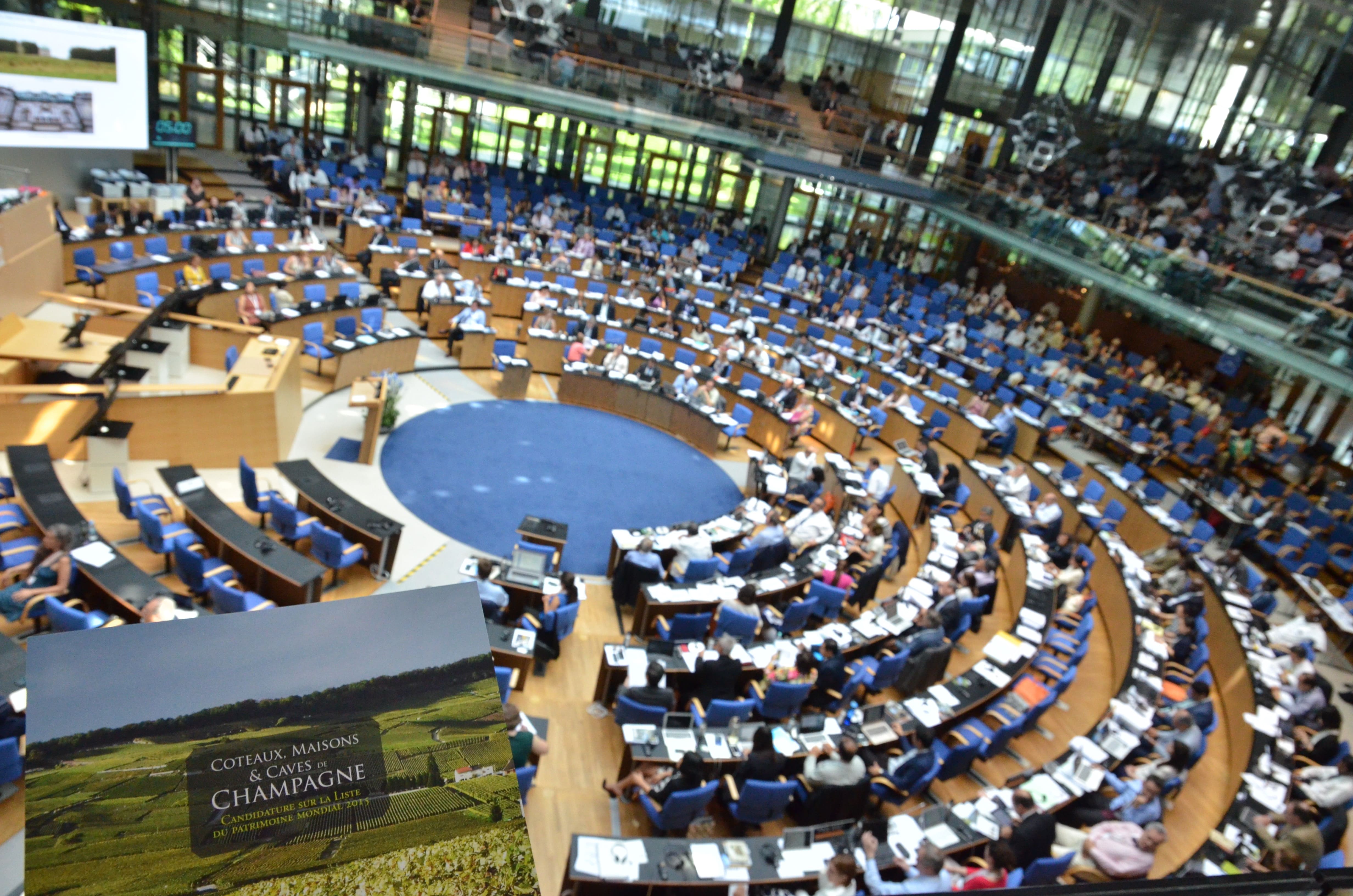
UNESCO was founded. UNESCO is the United Nations Educational, Scientific and Cultural Organisation and seeks to build peace through international cooperation in education, science and culture.
Adoption of the World Heritage Convention on the protection of world, cultural and natural heritage, the first international legal framework linking nature conservation and the preservation of cultural sites.
Ratification of the Convention by the first 20 State Parties. The List of World Heritage in Danger was created to draw attention to properties requiring international assistance. The World Heritage Fund was set up.
Guidelines The World Heritage Committee set selection criteria for inclusion on the World Heritage List and launched operational guidelines for the implementation of the Convention.
Cultural landscapes The World Heritage Centre was established to manage the Convention. A new category of sites was added. The Convention became the first legal instrument to recognise and protect cultural landscapes.
Global strategy The Committee adopted the Global Strategy for a Representative, Balanced and Credible World Heritage List. The guidelines reflected these priorities: natural, mixed, cross-border and transnational sites, Africa, the Pacific and the Caribbean.
The Four Cs The Committee adopted a declaration inviting stakeholders to support the conservation of world heritage via four strategic objectives: Credibility, Conservation, Capacity-building and Communication.
A fifth C "communities" was added A fifth strategic objective was added by the Committee to recognise the pivotal role played by local communities in conserving world heritage.
The 40th anniversary of the World Heritage Convention.
The Champagne Hillsides, Houses and Cellars were included on the World Heritage List.
1,121 properties listed worldwide, of which 14 are vineyard properties (World Heritage List: http://whc.unesco.org/fr/list/); 45 properties in France (French list http://www.assofrance-patrimoinemondial.org/biens-inscrits/).
Applying to be included on the UNESCO World Heritage List is a long process, taking eight years in total.
Having successfully completed the national level nomination process, the Champagne Hillsides, Houses and Cellars application was forensically reviewed over 18 months by the UNESCO consultative bodies: ICOMOS (www.icomos.org), IUCN (www.iucn.org) and ICCROM (www.iccrom.org).
Having undergone a rigorous assessment, ICOMOS made a recommendation to the World Heritage Committee that the Champagne Hillsides, Houses and Cellars should be inscribed on the World Heritage List, in the category of "organically evolved" and "continuing" cultural landscapes, based on the following criteria:
- - Bear a unique or at least exceptional testimony to a cultural tradition or to a civilisation, which is living, or which has disappeared - Criterion III.
- - Be an outstanding example of a type of building, architectural or technological ensemble or landscape, which illustrates (a) significant stage(s) in human history - Criterion IV.
- - Be directly or tangibly associated with events or living traditions, with ideas, or with beliefs, with artistic and literary works of outstanding universal significance - Criteria VI.

On 4 July 2015 in Bonn, Germany, the 21 members of the World Heritage Committee unanimously decided to include the Champagne Hillsides, Houses and Cellars on the World Heritage List in the organically-evolved and continuing cultural landscapes category.
The Outstanding Universal Value (OUV) of the Champagne vineyard cultural landscape, the birthplace of Champagne wine, was recognised with this inscription.
And in a broader sense, all the work done to produce and distribute Champagne wine, passed down the generations and preserved in the 320 AOC champagne towns and villages located in the five French departments of Marne, Aube, Aisne, Haute-Marne and Seine-et-Marne, was also recognised.




